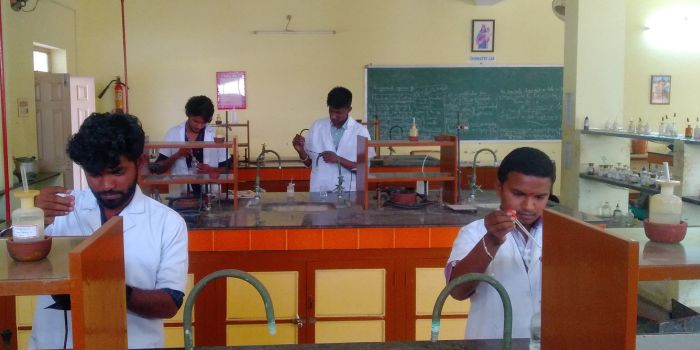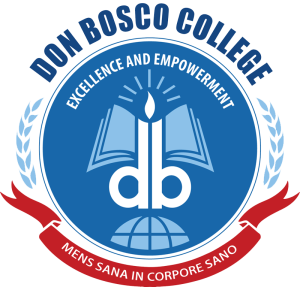
There is a lot of interesting Chemistry to explore in the Chemistry Lab. The laboratory is designed to support and illustrate chemical concepts studied in the lecture portion of the course, as well as to introduce important laboratory techniques and encourage analytical thinking.
Along with concepts and chemistry covered in lecture, the laboratory portion of the course will present some additional chemistry, both theoretical and practical.
The lab manual contains background information and procedures for the experiments as students perform. The pages immediately following contain helpful information about laboratory policies, your lab notebook, Safety Regulations, and use of laboratory equipment.
The equipments are all calibrated for zero error. The table tops are made of epoxy resin and phenolic resin and can withstand the hardest chemical and leave no marks or reactions on surface. The lab is created to be fire resistant and handle any kind of mishap. The heights and widths of the furniture are all created keeping in mind the Indian physique of students. All the drawers and cupboards doors are made for soft closing. The windows and environmental friendly lighting are especially designed keeping in mind visibility.
Our laboratories with advanced equipments and facilities aid and stimulate our students for them to learn best with practical knowledge. It empowers them with better comprehension and moves their inquisitiveness in the correct direction.
Rules for Students to be Followed in the Lab
Do not work unsupervised in the lab.
Do not eat or drink in the lab.
No unauthorized experiments are to be performed.
Always tie up your tie or long hair.
Never taste anything. Never directly smell the source of any vapor or gas.
Discard broken glass in a dust bin.
Dispose of chemical waste in designated waste containers or by designated procedures.
Never leave a flame unattended.
Never return unused chemical to the reagent bottle.
Never point the open end of a test tube toward anyone in the lab.
Do not remove flammable materials from under the hood.
Notify the instructor immediately in case of an accident.
Many common reagents for example, alcohol and acetone are highly flammable. Do not use them anywhere near open flames.
Always pour acids into water.
If chemicals come in contact with your skin or eyes flush immediately with copious amount of water and consult with your instructor.
All students must wear a lab coat at time of practical.



